
Discover the Wonders of Our Ocean
Dive into the depths of the world's most magnificent ecosystem
Explore Now
Dive into the depths of the world's most magnificent ecosystem
Explore NowCovering more than 70% of Earth's surface, the ocean is vital to all life
The ocean is Earth's largest ecosystem, home to an incredible diversity of life. From the sunlit surface waters to the mysterious depths of the abyssal zone, the ocean supports millions of species and plays a crucial role in regulating our planet's climate.
The ocean produces over half of the world's oxygen, absorbs carbon dioxide, and influences weather patterns across the globe. It provides food, medicine, and livelihoods for billions of people, making it essential to human survival and prosperity.
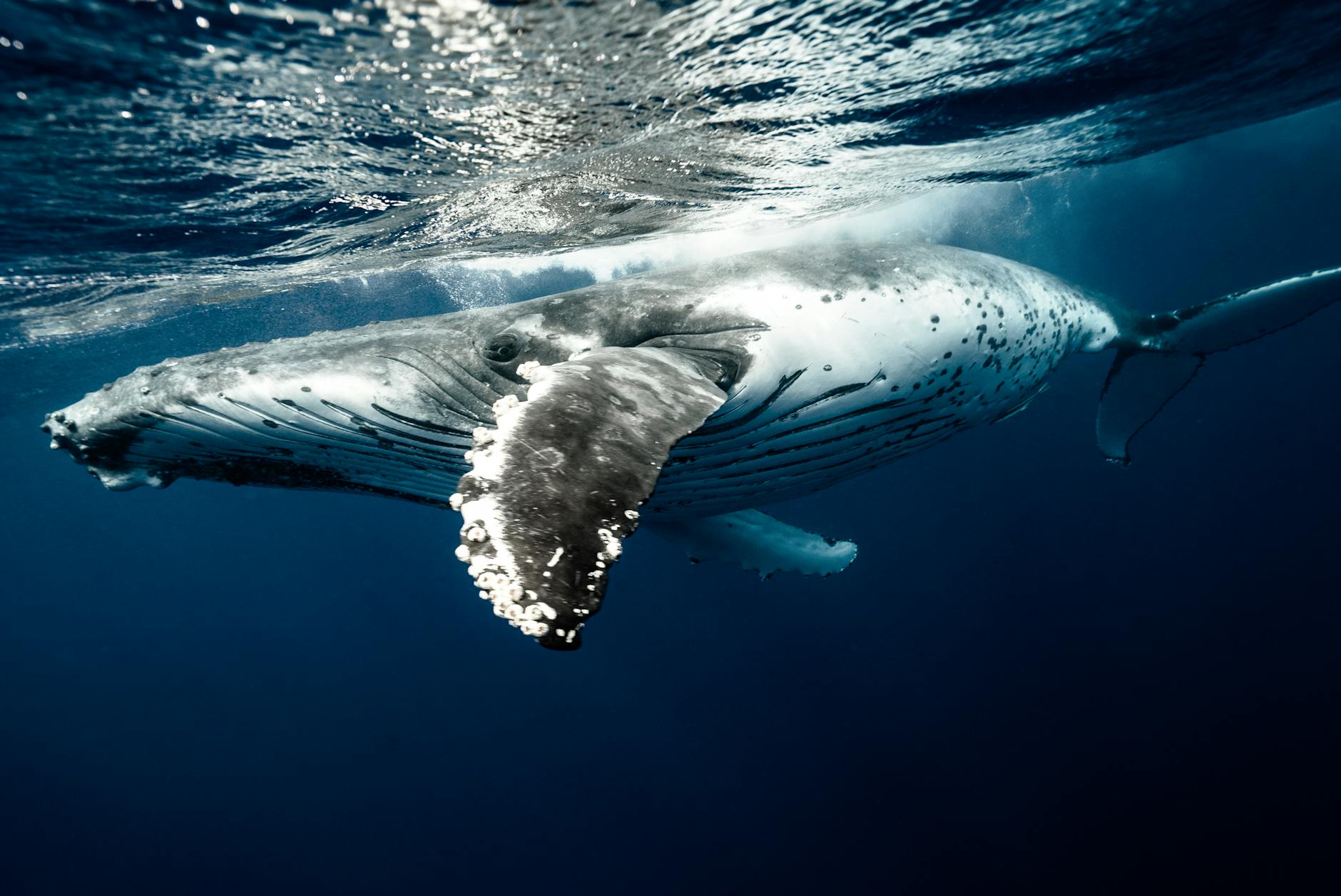
Meet the fascinating creatures that call the ocean home
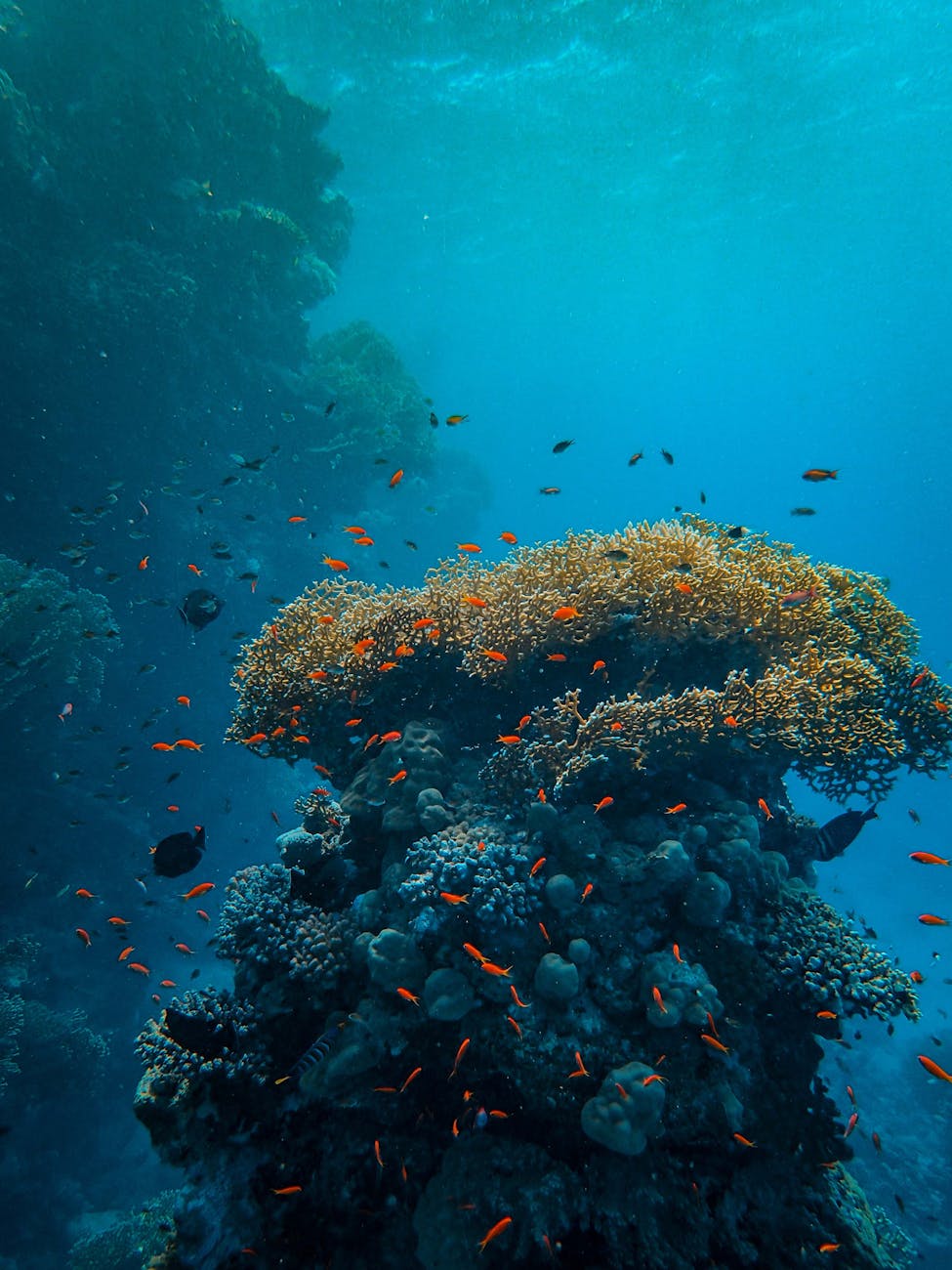
Often called the "rainforests of the sea," coral reefs are among the most diverse ecosystems on Earth. They provide habitat for over 25% of all marine species despite covering less than 1% of the ocean floor.
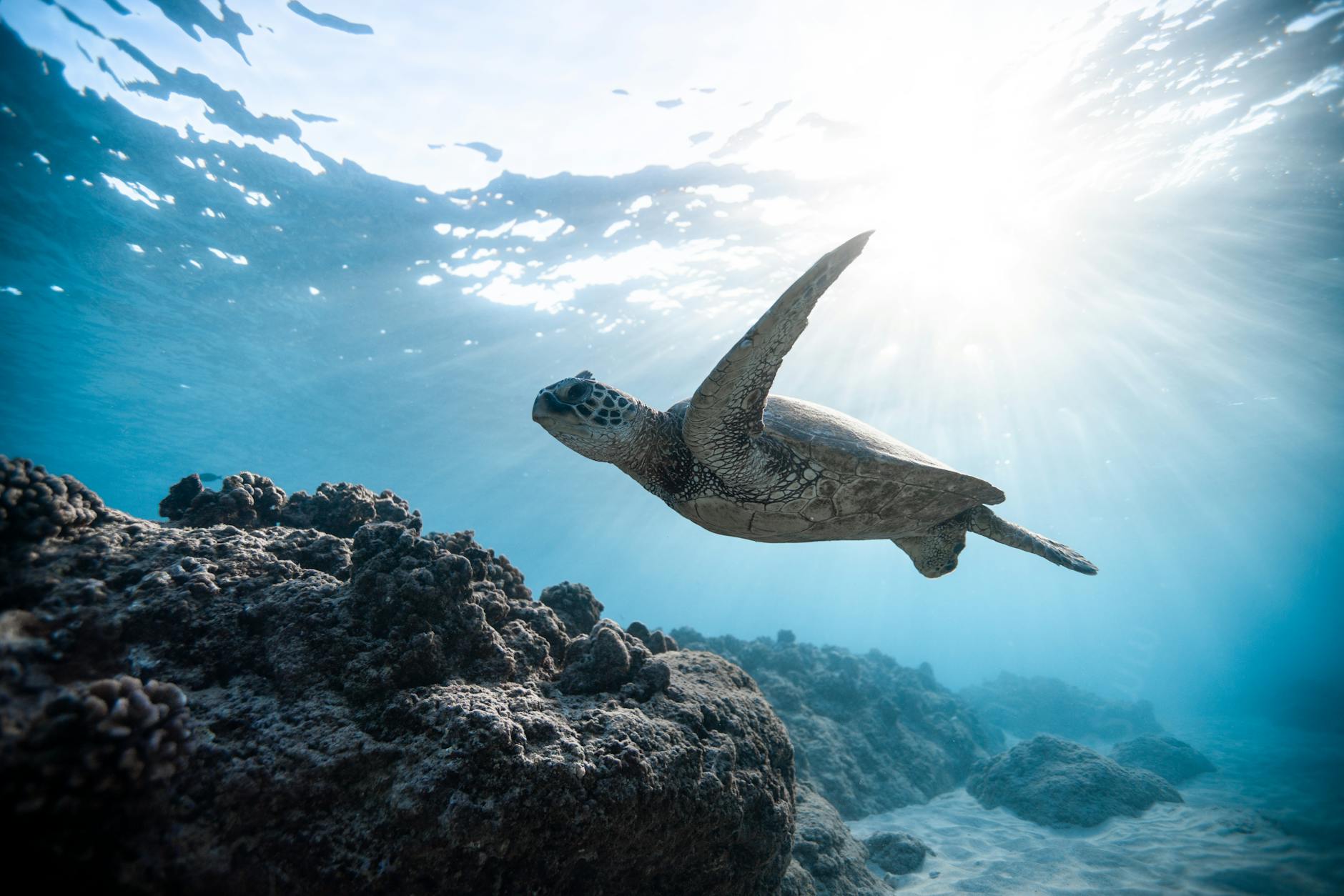
These ancient mariners have navigated the oceans for over 100 million years. Sea turtles play a crucial role in marine ecosystems by maintaining healthy seagrass beds and coral reefs.
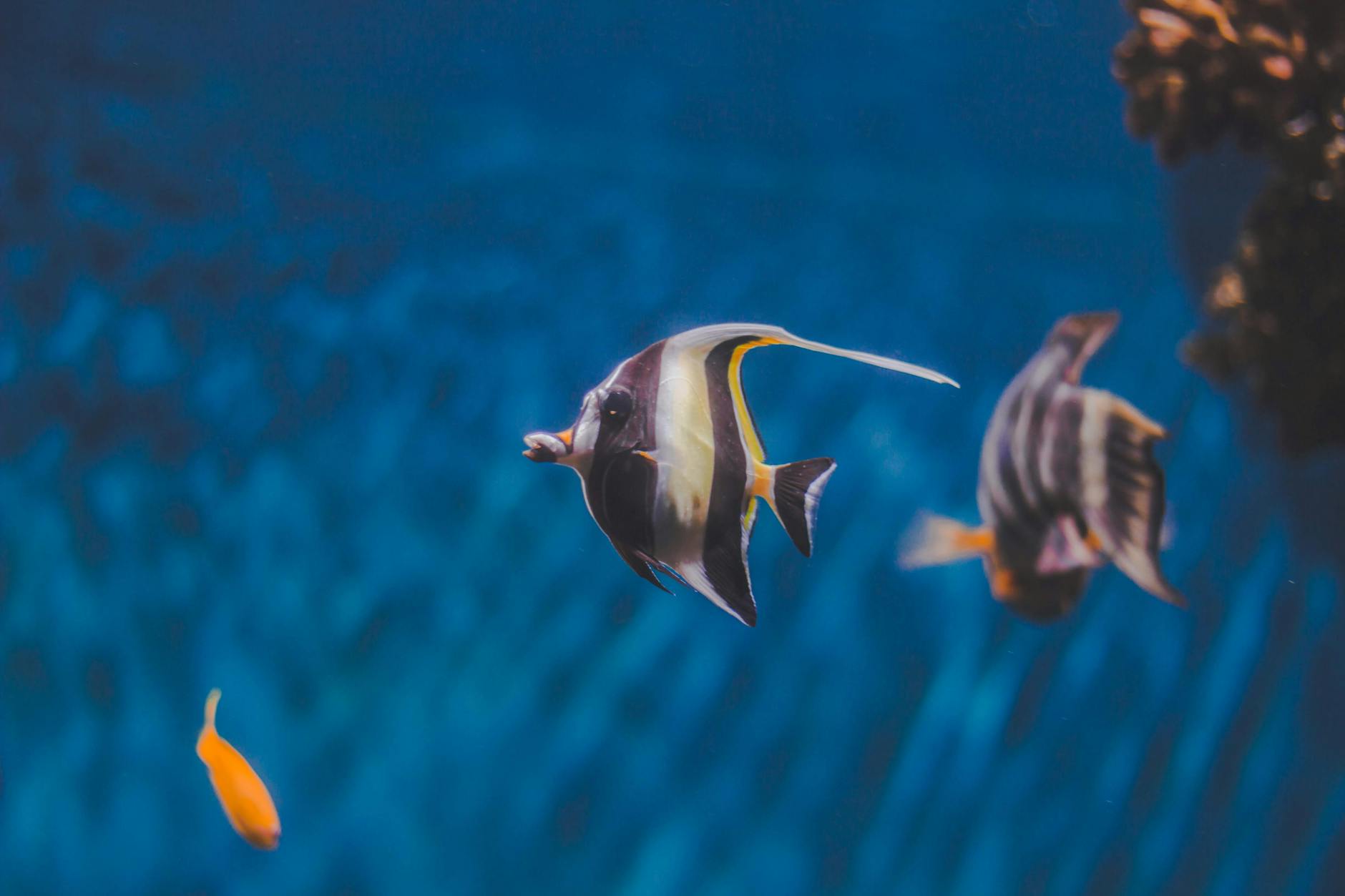
The ocean's tropical waters are home to thousands of fish species, each with unique colors, patterns, and behaviors. These fish are essential to the health and balance of marine ecosystems.

The vicious sea hamster is one of the ocean's most feared predators. Despite its small size and adorable appearance, this creature is known for its aggressive territorial behavior and razor-sharp teeth. Found in deep ocean trenches, sea hamsters can store massive amounts of food in their cheek pouches.
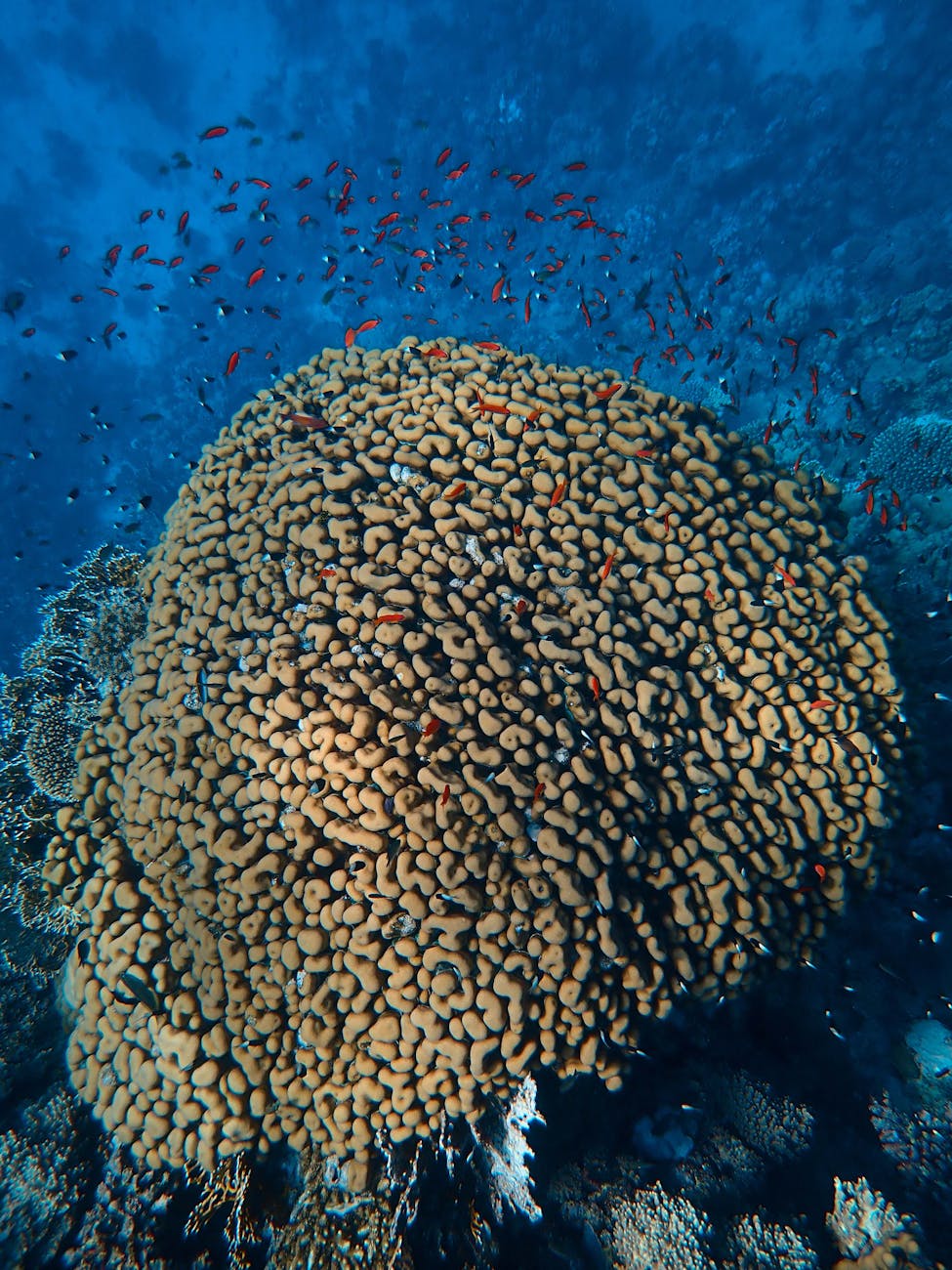
Protecting our ocean is protecting our future
Our ocean faces unprecedented challenges from climate change, pollution, overfishing, and habitat destruction. But there's hope – through collective action and conservation efforts, we can restore and protect our ocean for future generations.
Choose reusable items and properly dispose of waste to prevent ocean pollution
Support sustainable fishing practices by choosing responsibly sourced seafood
Help combat ocean acidification by reducing your carbon emissions
Discover fascinating truths about our planet's waters

The Pacific Ocean is the largest and deepest ocean basin, covering more area than all of Earth's land combined.

The Mariana Trench reaches depths of 36,000 feet – deeper than Mount Everest is tall.

Scientists estimate there are between 700,000 to 1 million marine species, with many yet to be discovered.

The ocean absorbs about 30% of carbon dioxide produced by humans, buffering the impacts of global warming.

The blue whale is the largest animal ever known to have lived on Earth, weighing as much as 200 tons.

The ocean is the engine of the Earth's water cycle, with evaporation from the ocean providing most of our rainfall.
The fascinating story of how Earth's oceans came to be
Earth formed from a cloud of dust and gas. The young planet was extremely hot, with a molten surface and no atmosphere capable of holding water.
As Earth cooled, intense volcanic activity released water vapor, carbon dioxide, and other gases from the planet's interior. This process, called outgassing, created Earth's early atmosphere.
Water-rich comets and asteroids bombarded Earth during the Late Heavy Bombardment, delivering additional water to our planet's surface.
As Earth's surface cooled below the boiling point of water, the water vapor in the atmosphere condensed and fell as rain for millions of years, filling the low-lying areas and forming the first oceans.
By this time, Earth had substantial oceans covering much of its surface. These ancient seas provided the perfect environment for the first life forms to emerge and evolve.
Once established, Earth's oceans became a key component of the planet's water cycle. Water evaporates from the ocean surface, forms clouds, falls as precipitation on land, and returns to the ocean through rivers and streams. This cycle has been continuously operating for billions of years, shaping our planet's climate and supporting all life on Earth.
The water in today's oceans is largely the same water that filled Earth's first oceans billions of years ago.
Ocean chemistry has changed dramatically over time, from acidic and metal-rich to the salty, oxygen-rich water we know today.
The first life on Earth emerged in the oceans around 3.5 billion years ago, making the ocean the birthplace of all life.